What to Wear, When: Your Stress-Free Style Guide
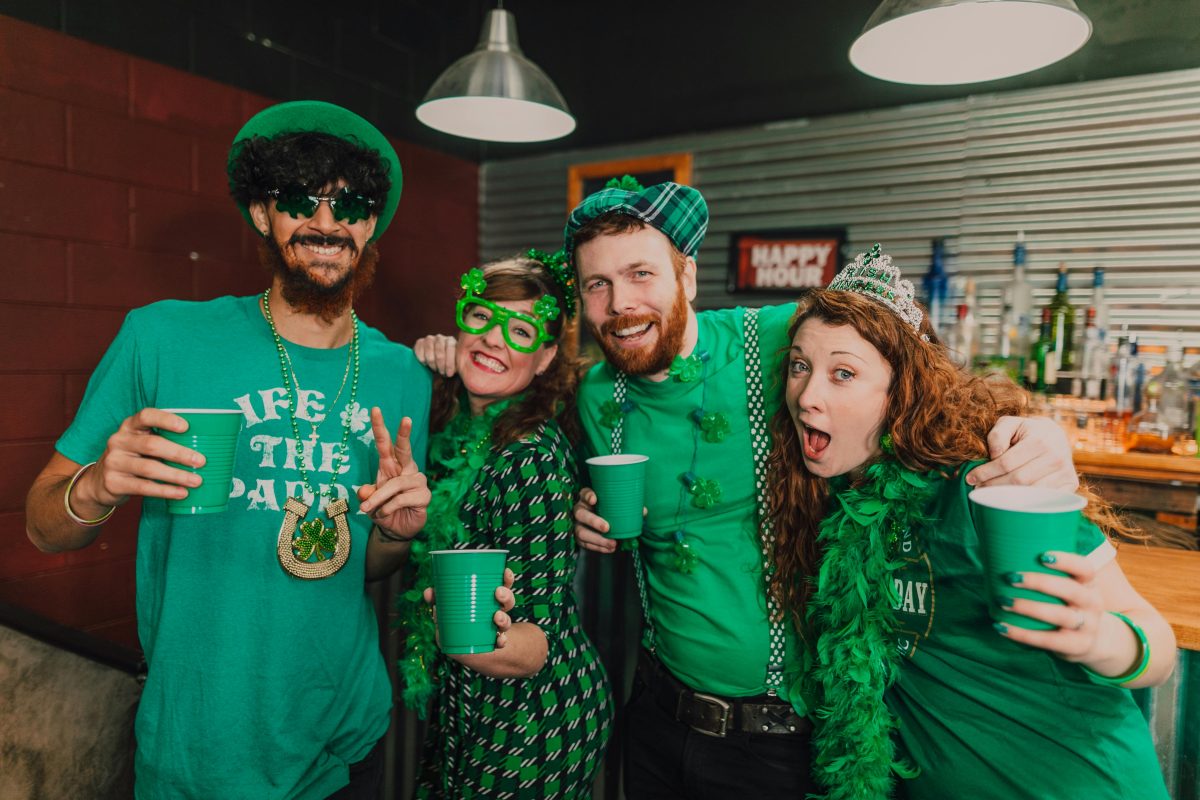
Have you ever received an invitation with a cryptic dress code and felt utterly puzzled about what to wear? You’re not alone. Decoding dress codes can be tricky, especially with the many terms that vary in meaning depending on the context of the event, location, or host. But don’t worry! With a little guidance, you can confidently choose the perfect outfit and look sharp and appropriate for any occasion.
This comprehensive guide will break down common dress codes, offer practical tips for deciphering vague instructions, and ensure you’re prepared for everything from casual get-togethers to formal galas.
Why Understanding Dress Codes Matters
Clothing is not just a way to express yourself; it’s a powerful non-verbal communication tool. Whether we like it or not, first impressions matter, and dressing appropriately shows respect for the event, the host, and the other attendees. A clear understanding of what’s expected can save you from the dreaded feeling of being underdressed—or overdressed—and help you feel more confident and comfortable in social or professional settings.
Breaking Down Common Dress Codes
Let’s start with the basics. Below is a quick guide to the most frequently encountered dress codes, what they mean, and how you can nail the look.
1. Casual Attire
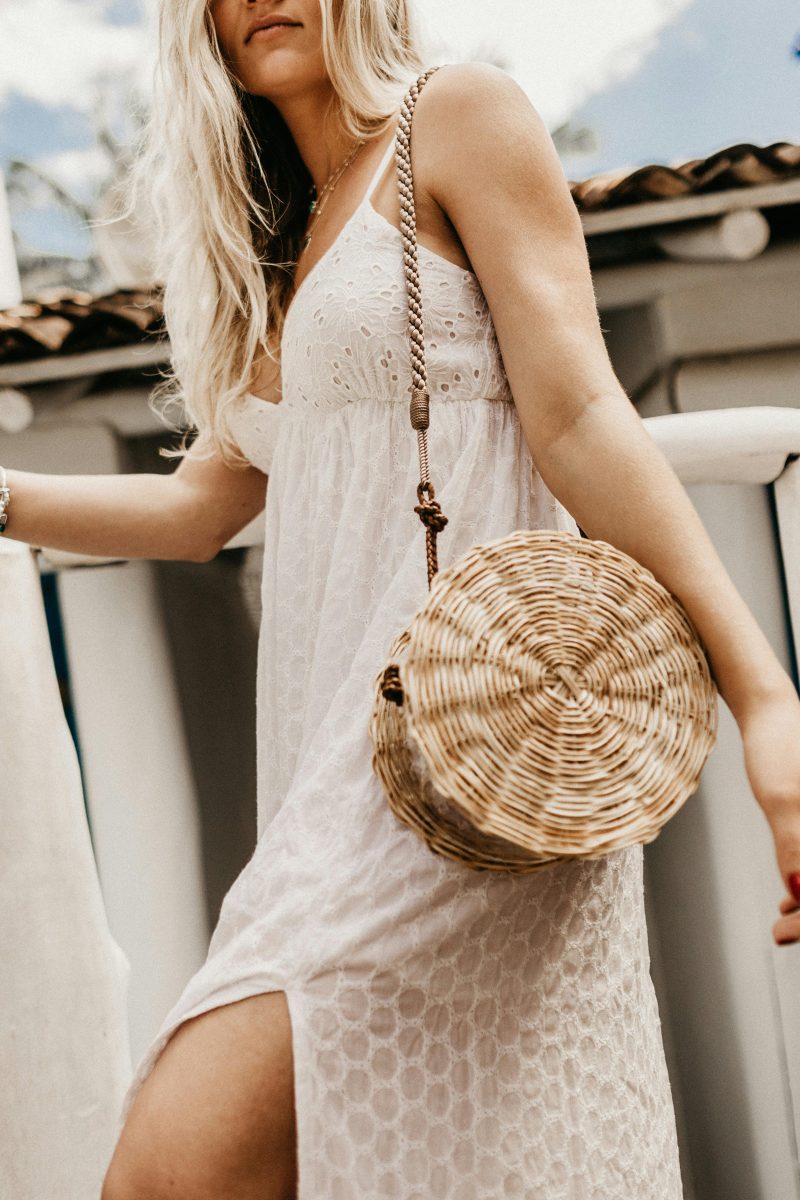
- What It Means: Relaxed, everyday clothing. Think of what you’d wear to run errands, grab coffee, or hang out with friends.
- What to Wear: Jeans, t-shirts, sweaters, and sneakers are all fair game. For women, casual dresses or comfortable pants and blouses work well.
- Pro Tip: While casual means relaxed, you should still aim for clean, well-fitting clothing. Avoid anything overly worn or sloppy.
2. Business Casual
- What It Means: A step up from casual but not as formal as traditional business attire. It’s common for offices and professional networking events.
- What to Wear: Men might opt for slacks or chinos paired with a button-down shirt or polo. Women can choose a blouse with a skirt or tailored pants. Closed-toe shoes are typically expected.
- Pro Tip: Keep it polished—think structured jackets, minimal accessories, and neat hairstyles.
3. Smart Casual
- What It Means: A blend of casual and elegant. It’s often called for at semi-professional events or evening outings.
- What to Wear: Men might go for dark jeans with a blazer and a collared shirt, while women could choose a stylish dress, skirt, or tailored separates paired with flats or low heels.
- Pro Tip: Avoid extremes—neither overly relaxed nor overly formal is the goal.
4. Cocktail Attire
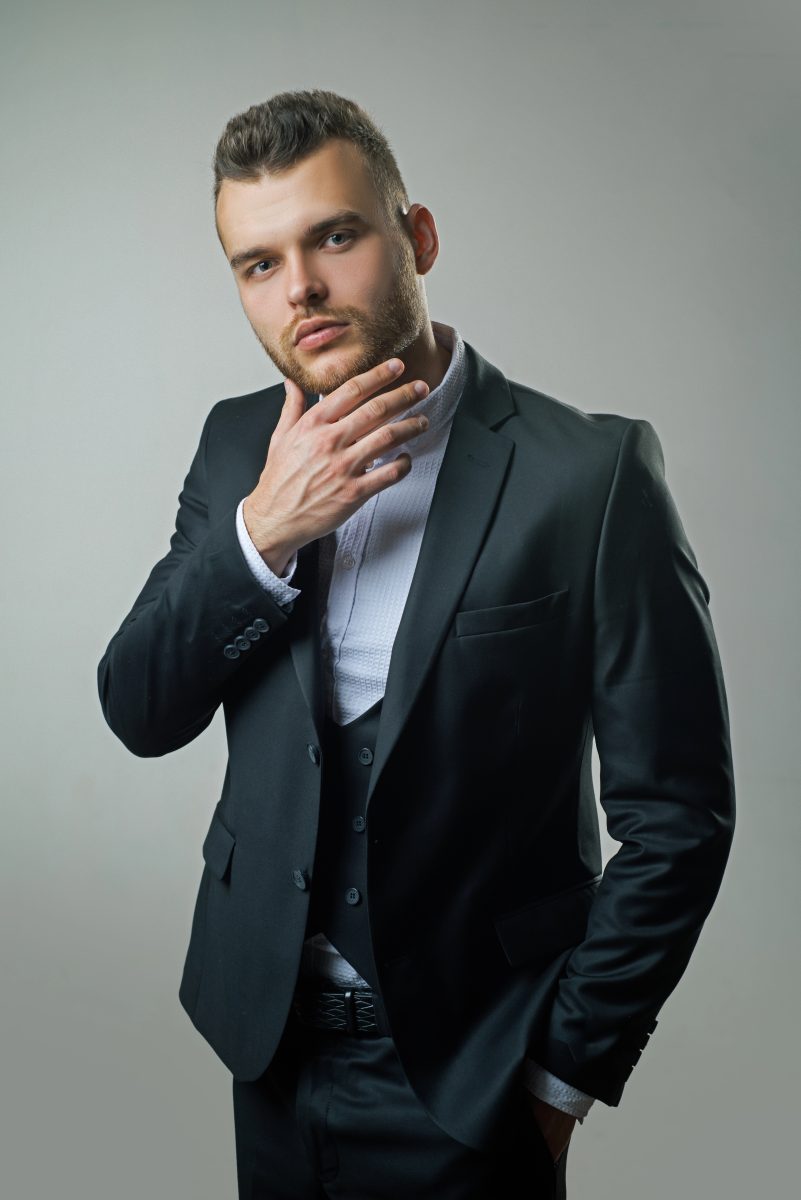
- What It Means: A semi-formal dress code is usually reserved for evening events like weddings or parties.
- What to Wear: Men should wear a dark suit with a tie, while women can choose cocktail dresses, which are typically knee-length or slightly shorter.
- Pro Tip: Bring out your accessories, but keep them tasteful—a statement necklace or elegant cufflinks can elevate your look.
5. Formal or Black Tie
- What It Means: This is the highest level of sophistication and is commonly seen at galas, weddings, or prestigious events.
- What to Wear: For men, a tuxedo with a black bow tie and patent leather shoes is expected. Women should wear a full-length gown or an elegant evening dress.
- Pro Tip: Don’t skimp on grooming—details like polished shoes, cufflinks, and a sleek hairstyle are essential.
6. White Tie
- What It Means: Even more formal than black tie, this is reserved for state dinners or ultra-formal events.
- What to Wear: For men, this means a black tailcoat, white waistcoat, and white bow tie. Women are expected to wear floor-length gowns with gloves.
- Pro Tip: These events are rare, so if you encounter one, don’t hesitate to ask for clarification or seek professional advice.
Tips for Navigating Unclear Dress Codes
What do you do when an invitation says something ambiguous like “chic casual” or “festive attire”? Here are some tips to help you figure it out:
1. Research the Venue and Occasion
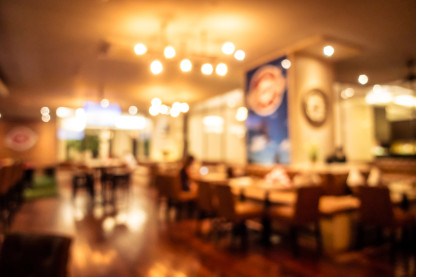
The location and type of event can provide valuable clues. For example:
- A dinner at an upscale restaurant likely calls for smart casual or semi-formal attire.
- A beach wedding might suggest light, breathable fabrics and sandals, even if the dress code says “formal.”
2. Ask the Host
When in doubt, reach out to the host or event organizer. A simple message like, “Could you clarify the dress code?” shows initiative and ensures you’re on the same page. Most hosts will appreciate your effort to follow their guidelines.
3. Look for Contextual Clues
Sometimes the wording on the invitation can hint at the expected attire. Words like “chic,” “relaxed,” or “elegant” offer subtle cues. If an invitation says “garden party,” think about light, summery outfits. For “festive attire,” consider incorporating playful or seasonal elements.
4. Observe the Culture
Cultural norms can also play a significant role in determining what to wear. If you’re attending a wedding or event with specific cultural traditions, take time to learn about what’s appropriate. For example, some cultures may encourage bright colors, while others might favor muted tones.
5. Overdress Rather Than Underdress
If you’re still unsure, it’s better to err on the side of being slightly overdressed. It’s easier to remove a blazer or tone down accessories than to elevate a casual outfit in a pinch.
Common Dress Code Scenarios and Solutions
To make your decision-making process even easier, here are a few specific scenarios and how to handle them:
1. Office Party
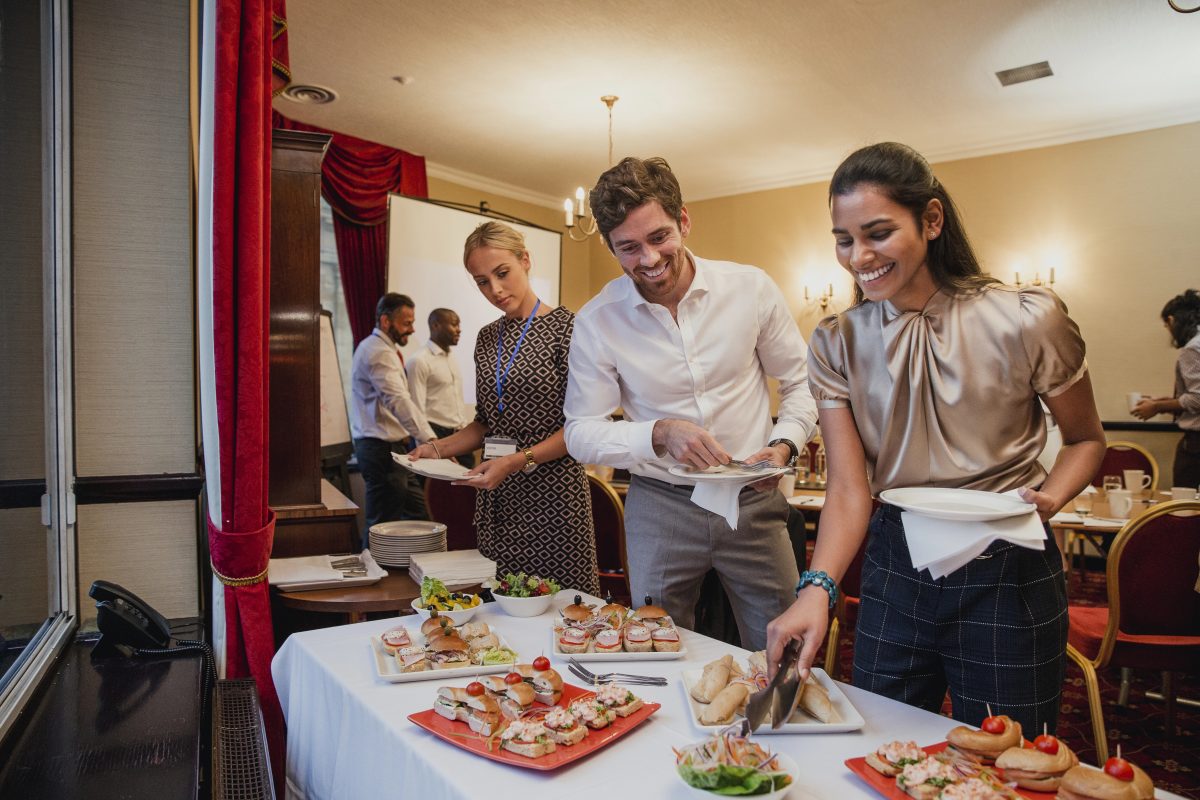
- Dress Code: Likely business casual or smart casual.
- Key Advice: Avoid overly casual outfits like ripped jeans or graphic tees, but you don’t need a full suit. Go for polished and comfortable attire.
2. Wedding
- Dress Code: Often listed on the invitation—common ones include cocktail attire, formal, or black tie.
- Key Advice: Avoid wearing white (reserved for the bride) and choose an outfit that respects the formality of the occasion.
3. Dinner Date
- Dress Code: Usually smart casual or cocktail attire, depending on the venue.
- Key Advice: If dining at an upscale restaurant, opt for tailored clothing, such as a chic dress or blazer.
The Role of Confidence
Ultimately, how you wear your outfit matters just as much as what you wear. Confidence can elevate even the simplest ensemble, so take the time to choose an outfit that feels like “you.” When you’re comfortable and authentic, it shows in your demeanor.
Final Thoughts
Decoding dress codes doesn’t have to be a daunting task. By understanding the terminology, considering the context, and taking a proactive approach, you can ensure that you’re dressed appropriately for any occasion. With a little preparation, you’ll not only fit in but also feel confident, comfortable, and ready to enjoy the event.
Whether it’s a casual backyard barbecue, an elegant black-tie gala, or something in between, remember that dressing well is ultimately about respect for the host, the occasion, and yourself. So next time you’re faced with a puzzling dress code, you’ll know just how to handle it.


Leave a Reply
You must be logged in to post a comment.